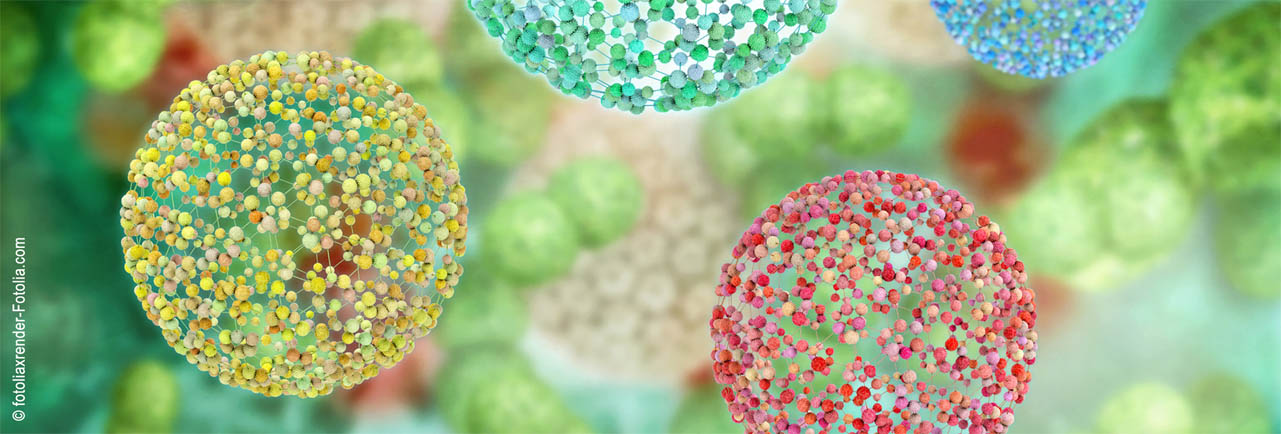Ms
Clara B. Martins
(University of Coimbra, Molecular Physical-Chemistry R&D Unit, Department of Chemistry, 3004-535 Coimbra, Portugal; University of Coimbra, Department of Life Sciences, 3000-456 Coimbra, Portugal)
The normal-to-cancer transition (NTC) is still a poorly understood process, known to be closely associated to cellular biomechanical properties. These are strongly dependent on the behaviour of water, which plays a key role in normal cellular activity and in maintaining the three-dimensional architecture of the tissue. In this study, quasi-elastic neutron scattering (QENS) was used to probe the dynamics of water in (1) human cells (breast, prostate and lung), both malignant and non-malignant; and (2) human tissues (breast and tongue), cancer and respective surrounding normal specimens. An increased plasticity of the cytomatrix was observed upon normal-to-malignant transformation, the lung carcinoma cells displaying the highest flexibility followed by prostate and breast cancers. Additionally, different dynamics were found for malignant and non-malignant tissue samples, depending on their characteristics: a higher plasticity for breast invasive cancer tissue versus normal, and an opposite profile for tongue. This biophysical description of malignancy provides a novel approach for identifying specific reporters of cancer, and for helping to understand the NTC transition. This may contribute for the development of improved diagnosis and chemotherapeutic tools, thus benefiting cancer treatment and oncology patients’ prognosis.
Ms
Clara B. Martins
(University of Coimbra, Molecular Physical-Chemistry R&D Unit, Department of Chemistry, 3004-535 Coimbra, Portugal; University of Coimbra, Department of Life Sciences, 3000-456 Coimbra, Portugal)
Dr
Ana L.M. Batista de Carvalho
(University of Coimbra, Molecular Physical-Chemistry R&D Unit, Department of Chemistry, 3004-535 Coimbra, Portugal)
Dr
Adriana P. Mamede
(University of Coimbra, Molecular Physical-Chemistry R&D Unit, Department of Chemistry, 3004-535 Coimbra, Portugal)
Ms
Jéssica D. Silva
(University of Coimbra, Molecular Physical-Chemistry R&D Unit, Department of Chemistry, 3004-535 Coimbra, Portugal)
Dr
Inês P. Santos
(University of Coimbra, Molecular Physical-Chemistry R&D Unit, Department of Chemistry, 3004-535 Coimbra, Portugal)
Dr
Paulo Figueiredo
(Oncology Institute of Coimbra Francisco Gentil, 3000-075 Coimbra, Portugal)
Dr
Sarter Mona
(ISIS Facility, STFC Rutherford Appleton Laboratory, Chilton, Didcot, OX11 0QX, UK)
Dr
Victoria García Sakai
(ISIS Facility, STFC Rutherford Appleton Laboratory, Chilton, Didcot, OX11 0QX, UK)
Dr
Ross Stewart
(ISIS Facility, STFC Rutherford Appleton Laboratory, Chilton, Didcot, OX11 0QX, UK)
Dr
Luís A.E. Batista de Carvalho
(University of Coimbra, Molecular Physical-Chemistry R&D Unit, Department of Chemistry, 3004-535 Coimbra, Portugal)
Dr
Maria P.M. Marques
(University of Coimbra, Molecular Physical-Chemistry R&D Unit, Department of Chemistry, 3004-535 Coimbra, Portugal; University of Coimbra, Department of Life Sciences, 3000-456 Coimbra, Portugal)
There are no materials yet.

